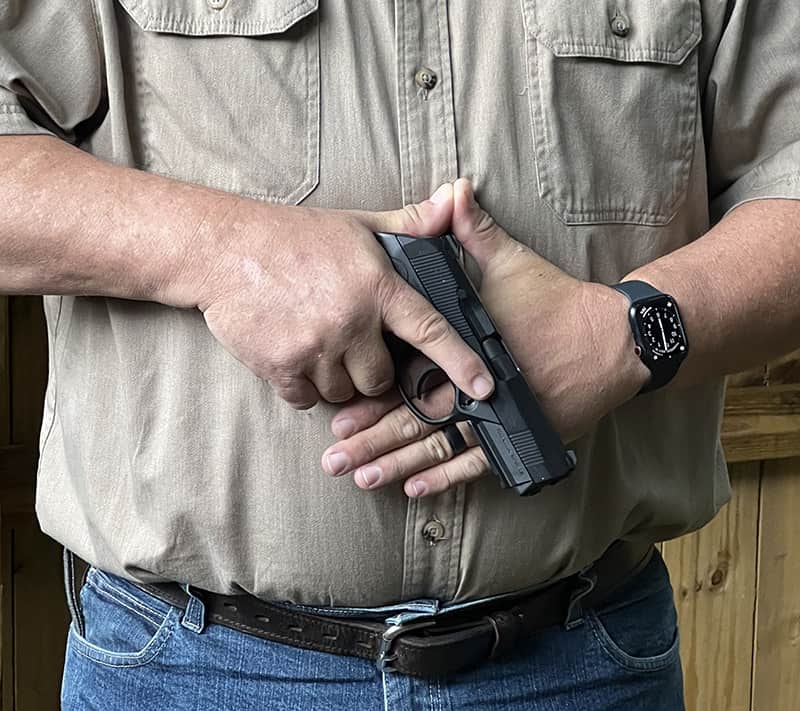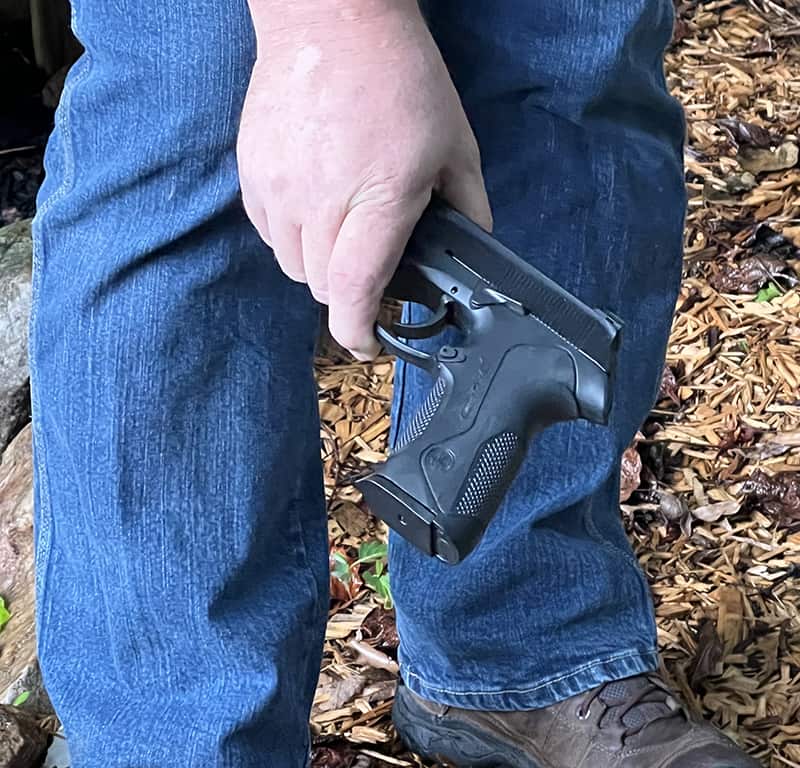Actions Of A Good Guy
In A Bad Scene
Assume for a second you’re in public when the unthinkable happens — two suspects begin shooting randomly at people. You’ve got your family with you, and there is no way out. Your first priority is the safety of your family, so you get them to the safest location possible and then take up a defensive position and wait for the police to arrive. It’s a situation nobody wants to find themselves, but in today’s social and political climate, you’ve got to be aware it could happen anywhere and anytime. Consider the police arriving on scene. Their primary focus is to find the guy(s) with guns and stop the carnage. But guess what? Now you’re a guy with a gun and you’re part of the scene. Do you know how to set yourself apart from the bad guys?
I can tell you that in this type of situation, every person with a gun is automatically assumed to be a bad guy until proven otherwise. There’s not going to be a chance to explain who you are and that you’re protecting your family. If you’ve got a gun pointing at or near someone, you’re an instant target. You’ve just met the criteria needed for them to use deadly force against you. Keep in mind the chaos of the situation and the fact that the police will be entering a scene with little and/or conflicting information. All they have is what they observe. So, I’ve decided to make some suggestions that may help you distinguish yourself as a potential good guy and not a threat. There are no guarantees in this situation, but there are actions you can take to demonstrate you mean no harm to anyone.
Hold a Low, Ready Position
One option is to lower your gun to a non-threatening position. This could be hanging tightly by your side pointing down with your finger off the trigger, coming to a compact low-ready position or pointing the muzzle down in a Sul position. These are immediately recognizable and indicate the observed individual has received professional training and is probably not the bad guy. It’s no guarantee, but at least you don’t meet the criteria to have bullets immediately flying in your direction.
Holster Your Gun
If you’re not firing, then you likely have the option to holster your gun and let them take over. If your gun is holstered, you’re still a potential threat, but not an imminent one. You’re giving them time to assess the situation, process it and act. They will begin giving orders for you to follow. Do what they say yet move with slow, deliberate actions. Any sudden or jerky movement or any delay in complying could be considered a threat. Know up front you will then be separated from your gun and secured until the scene is safe and can be sorted out. You’ve heard the phrase “Shoot first and ask questions later.” Your goal is to still be around after the police arrive to answer the questions.
Drop or Lower Your Gun to the Ground
The first thing an officer is likely to shout is, “Drop the gun!” I remember the first time I yelled this and didn’t receive a response. The suspect wanted to put the gun down, but wasn’t going to drop his expensive shotgun. The hesitation almost ended his life. It took a few minutes to learn why he didn’t immediately comply with orders. He didn’t want to “drop” his expensive new shotgun. In your scenario, you don’t have a few minutes. Even if you’re carrying your cherished Wilson Combat, you’ve got to indicate compliance.
One way is to release the grip, hold the gun by the barrel and then slowly lower it. Once it’s on the ground, slowly rise with your hands visible. It’s what the officers are trained to look for and why you’ll hear, “Show me your hands!” When you do this, it takes away the bull’s-eye you were wearing.
Things NOT To Do
Just as important are the things that you should avoid. The first was mentioned above: No sudden movements. Don’t give officers the perception you’re a threat. Sudden and erratic behavior equals threat in their world. Second, don’t try to explain anything. There will be time for explanations later; just answer whatever questions they ask. Third, listen to their commands. The officers’ immediate concern will be to disarm you and remove the danger to themselves and others. Fourth, don’t walk toward the officers. This is classic pre-attack behavior they’ve seen hundreds of times on training films. Even if you’ve disarmed yourself, this behavior could still be taken as a threat.
These are just a few of the most important do’s and don’ts. I hope you never find yourself in this situation, but if you do, it’s important to follow these rules. It could be the difference between life or death — yours.

Sign up for the Personal Defense newsletter here:




